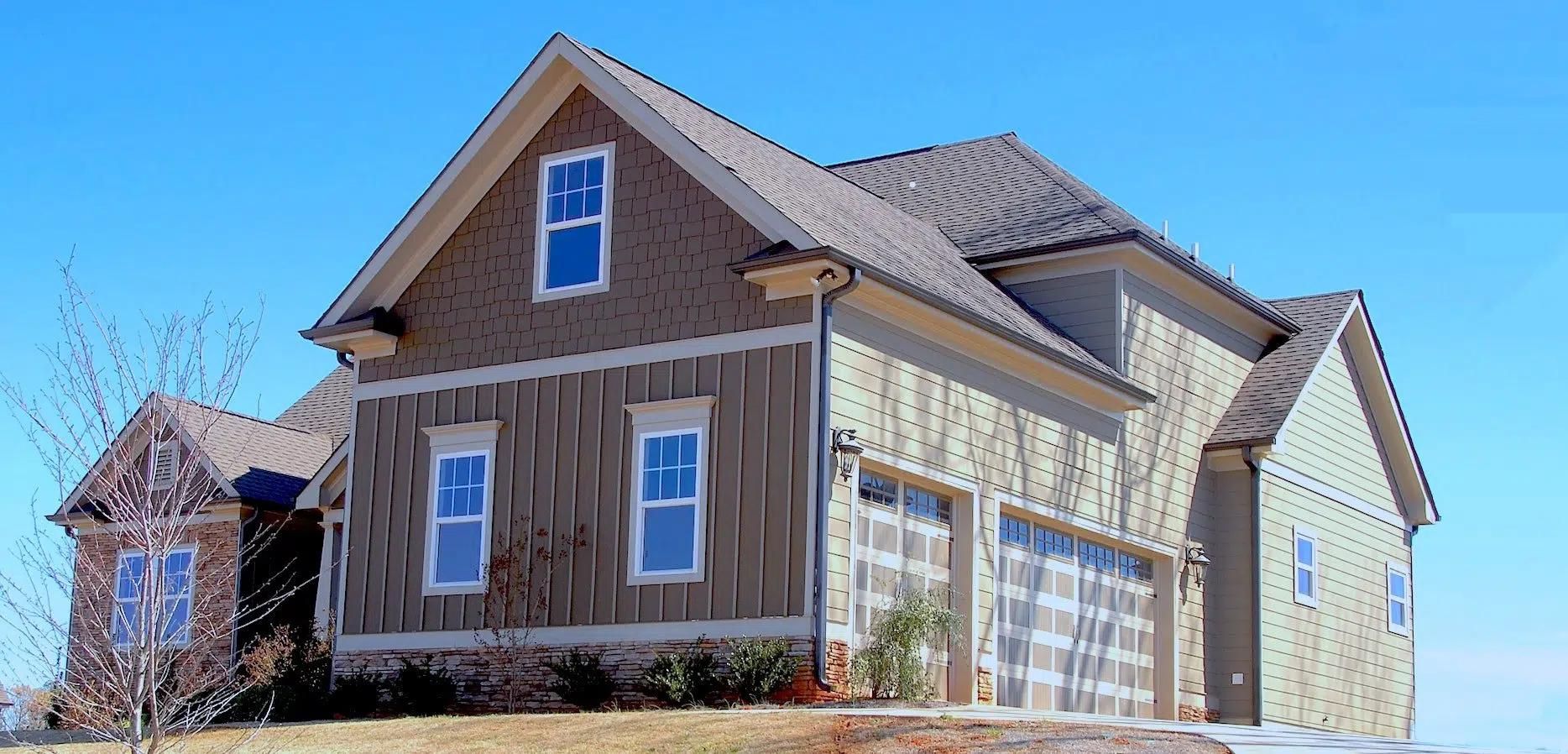

Articles
How To Build Gable Roof
Modified: October 21, 2024
Learn how to build a gable roof with our informative articles. Unlock the secrets to constructing a sturdy and visually appealing roof today.
(Many of the links in this article redirect to a specific reviewed product. Your purchase of these products through affiliate links helps to generate commission for Storables.com, at no extra cost. Learn more)
Introduction
Building a gable roof can be a rewarding project that adds both aesthetic appeal and functionality to your home or structure. Whether you’re constructing a new house or looking to replace an existing roof, a gable roof can provide numerous benefits, from increased natural light and ventilation to enhanced durability.
In this article, we will provide you with a comprehensive step-by-step guide on how to build a gable roof, along with the necessary tools and materials required. We’ll also discuss the benefits of choosing a gable roof, factors to consider before starting the construction, and common mistakes to avoid.
By the end of this article, you’ll have the knowledge and confidence to take on the task of building a gable roof and enjoy the many advantages it brings to your home.
Key Takeaways:
- Building a gable roof offers benefits such as water and snow shedding, increased attic space, and architectural versatility. Careful planning, quality materials, and professional guidance are essential for a successful construction.
- Prioritize safety, proper ventilation, and insulation to avoid common mistakes when building a gable roof. Regular maintenance and professional assistance can prolong the roof’s lifespan and ensure its functionality and durability.
Read more: How To Build A Gable Porch Roof
Definition of a Gable Roof
A gable roof, also known as a pitched or peaked roof, is one of the most common roof designs found in residential and commercial buildings. It consists of two sloping sides that meet at a ridge, forming a triangular shape. The walls, or gable ends, of the building are perpendicular to the roof slope, creating a distinctive and visually appealing architectural feature.
The primary characteristic of a gable roof is its triangular shape, which allows for efficient water drainage and snow shedding. This design is particularly effective in regions with heavy rainfall or snowy winters, as it prevents water and snow buildup on the roof, reducing the risk of leakage and structural damage.
Gable roofs come in various configurations, including front-gable, side-gable, cross-gable, and Dutch gable roofs. The front-gable roof has its gable end facing the front of the building, while the side-gable roof has the gable end facing the side. Cross-gable roofs incorporate multiple gables, creating intersecting rooflines, and Dutch gable roofs combine a gable roof with a hip roof.
Moreover, gable roofs can have different pitches or slopes, depending on the architectural style, climate considerations, and personal preferences. The pitch is the ratio of the rise, or vertical distance, to the run, or horizontal distance, of the roof. Steeper pitches offer better water runoff, increased attic space, and improved ventilation, while shallower pitches are more common in areas with moderate climates.
Overall, gable roofs are a versatile and popular roofing design that offers both functionality and visual appeal. The next sections will explore the numerous benefits of choosing a gable roof for your building.
Benefits of a Gable Roof
Choosing a gable roof for your home or structure offers a multitude of benefits that make it a popular roofing option among homeowners and builders alike. Let’s explore some of the advantages of building a gable roof:
- Excellent Water Shedding: The steep slope of a gable roof allows for efficient water shedding. Rainwater easily flows off the roof, preventing water buildup and reducing the risk of leaks and water damage to the structure.
- Superior Snow shedding: Similar to water shedding, the slope of a gable roof facilitates the shedding of snow. This is especially beneficial in areas with heavy snowfall, as it prevents excessive snow accumulation and the potential for roof collapse.
- Increased Attic Space: Gable roofs provide excellent attic space, thanks to their steep pitch. This additional space can be utilized for storage or converted into a living area, adding value to your property.
- Natural Light and Ventilation: The triangular shape of a gable roof allows for ample space for windows and vents in the gable ends. This promotes natural light and ventilation, enhancing the comfort and energy efficiency of your home.
- Architectural Versatility: Gable roofs can be easily adapted to match various architectural styles, from traditional to contemporary. You can personalize the look of your roof by choosing different materials, colors, and details to complement the aesthetics of your home.
- Durability and Longevity: Gable roofs are known for their strength and durability. When properly constructed and maintained, they can withstand various weather conditions, including high winds and heavy rains. This longevity saves you money in the long run, as you won’t need frequent roof repairs or replacements.
- Aesthetic Appeal: Gable roofs add a touch of elegance and charm to any building. The symmetrical lines and distinctive gable ends create a visually appealing look that enhances the overall curb appeal and value of your property.
These are just a few of the numerous benefits of choosing a gable roof. Whether it’s the practical advantages of water and snow shedding, the added living or storage space, or the aesthetic appeal, a gable roof is a smart choice for both functionality and style.
Factors to Consider Before Building a Gable Roof
Before embarking on the construction of a gable roof, it is important to consider several factors to ensure a successful and effective roofing solution. Here are some key factors to keep in mind:
- Climate: Your local climate plays a significant role in determining the design and materials for your gable roof. Consider factors such as rainfall, snowfall, winds, and temperature fluctuations. If you live in an area prone to high winds or heavy snowfall, you may need a steeper pitch and stronger materials to withstand these weather conditions.
- Building Codes and Permits: Check with your local building authority to ensure compliance with local building codes and regulations. Obtain any necessary permits before starting the construction process to avoid potential legal issues and ensure the structural integrity of your roof.
- Budget: Determine your budget for the gable roof construction. Consider factors such as the cost of materials, labor, and any additional features or upgrades you may want to incorporate. It is important to have a clear understanding of your financial limitations to avoid any unforeseen expenses during the project.
- Architectural Style: Consider the architectural style of your home or building when designing the gable roof. The roof should complement the overall aesthetics and character of the structure. Take into account the slope, pitch, and materials that will best enhance the desired architectural style.
- Structural Considerations: Before building a gable roof, ensure that your building’s structure can support the additional weight. Consult with a structural engineer or a qualified professional to assess the load-bearing capacity of your walls and foundation. Reinforcement may be necessary, especially if you are retrofitting an existing structure.
- Maintenance Requirements: Consider the long-term maintenance needs of your gable roof. Different roofing materials require different levels of maintenance. For example, while metal roofs are durable and require low maintenance, they may need periodic inspections for any potential corrosion or damage. Choose materials that align with your maintenance capabilities and preferences.
- Energy Efficiency: Energy efficiency is a growing concern for homeowners. Consider incorporating features such as reflective roofing materials, insulation, and proper ventilation to improve the energy efficiency of your gable roof. This will not only reduce energy costs but also contribute to a more comfortable living environment.
By carefully considering these factors before building a gable roof, you can ensure that your roofing project meets your specific needs, withstands the local climate, and integrates seamlessly with the existing structure. It is advisable to consult with professionals, such as architects and roofing contractors, to guide you through the decision-making process and provide expert advice tailored to your unique circumstances.
Tools and Materials Required
Before starting the construction of a gable roof, it’s essential to gather the necessary tools and materials. Having the right equipment will make the process more efficient and ensure a successful outcome. Here’s a list of the tools and materials you will need:
Read more: How To Build A Gable End Roof Overhang
Tools:
- Measuring tape
- Level
- Pencil or marker
- Circular saw
- Jigsaw
- Miter saw
- Hammer
- Nail gun
- Screwdriver
- Chalk line
- Tin snips
- Roofing nailer
- Roofing shovel
- Ladder or scaffolding
- Safety equipment (goggles, gloves, hard hat, etc.)
Materials:
- Roofing shingles or materials of your choice
- Plywood or OSB (oriented strand board)
- Roofing felt or underlayment
- Roofing nails
- Drip edge
- Ridge vents
- Flashing
- Roofing adhesive
- Roofing sealant
- Rafter or truss components
- Rafter ties or hurricane straps
- Soffit and fascia boards
- Ventilation components
- Insulation
Make sure to choose materials that are suitable for your specific climate, budget, and desired aesthetics. Consider consulting with a roofing professional for recommendations on the best materials for your gable roof.
Additionally, ensure that you have the necessary safety equipment and follow proper safety procedures when working at heights. This includes using ladders or scaffolding correctly and wearing protective gear to prevent accidents and injuries.
By gathering the appropriate tools and materials before starting the construction, you’ll be well-prepared to build a gable roof that meets your requirements and ensures the longevity and durability of your structure.
Step-by-Step Guide to Building a Gable Roof
Building a gable roof requires careful planning, precise measurements, and attention to detail. Following a step-by-step guide can help ensure a smooth construction process. Here is a general outline to help you build a gable roof:
1. Prepare the Roof Frame:
Ensure that the roof frame is properly built and structurally sound. This includes installing the necessary rafters, ridge board, and other supporting components. Measure and mark the locations for the rafters, ensuring they are evenly spaced.
Read more: What Is A Gable On A Roof?
2. Install the Roof Sheathing:
Using plywood or OSB, attach the roof sheathing to the roof frame. Start from the bottom edge and work your way up, ensuring a secure and level installation. Cut the sheathing as needed to fit around obstructions such as vents or skylights.
3. Install the Drip Edge:
Attach the drip edge along the eaves of the roof, overlapping the edge of the roof sheathing. The drip edge helps prevent water from seeping into the underlying structure and directs it away from the roof.
4. Lay the Roofing Underlayment:
Roll out the roofing felt or underlayment across the entire roof surface. Secure it with staples or nails, making sure to overlap the seams for maximum protection against water infiltration.
5. Install the Roofing Material:
Begin installing the chosen roofing material, such as shingles or metal panels, starting at the bottom edge of the roof and working your way up. Follow the manufacturer’s guidelines for proper installation techniques, including nailing or fastening methods.
Read more: How To Shingle A Gable Roof
6. Flashing and Ventilation:
Install flashing around chimneys, skylights, and other roof penetrations to prevent water leaks. Ensure proper ventilation by installing ridge vents or other ventilation components to promote air circulation and prevent moisture buildup.
7. Complete the Gable Ends:
Finish the gable ends by adding soffit and fascia boards to create a finished look. Install any additional trim or decorative elements as desired.
8. Inspect and Maintain:
Once the gable roof is complete, carefully inspect the entire roof to ensure proper installation and address any issues. Regularly maintain and inspect the roof to prolong its lifespan and address any maintenance needs.
Keep in mind that this is a general guide, and the specific steps may vary depending on the design, materials, and specifications of your gable roof. It’s always recommended to consult with a professional or follow manufacturer instructions for the specific roofing materials you are using.
By following this step-by-step guide, you’ll be well on your way to building a sturdy and functional gable roof that enhances the beauty and value of your structure.
Tips for a Successful Gable Roof Construction
Constructing a gable roof requires careful planning and attention to detail to ensure its successful completion. Here are some valuable tips to help you achieve a successful gable roof construction:
- Plan and strategize: Before starting the construction, create a detailed plan that outlines all the necessary steps, materials, and timeline. Take measurements accurately and consider factors such as roof pitch, overhangs, and any unique architectural elements.
- Obtain the necessary permits: Check with your local building authority to determine if you need any permits or approvals for the gable roof construction. Adhering to local regulations will ensure your project is compliant and prevent any legal issues in the future.
- Hire professionals if needed: Depending on your level of experience and expertise, it may be wise to hire professionals, such as roofers or contractors, to assist or oversee the construction. They can provide valuable guidance, ensure proper installation, and save you time and potential headaches.
- Choose high-quality materials: Invest in high-quality roofing materials that are durable and suited for your specific climate. This will ensure the longevity and functionality of your gable roof. Consult with professionals or research reputable suppliers to make informed decisions.
- Follow proper safety procedures: Prioritize safety throughout the construction process. Use appropriate safety equipment such as goggles, gloves, and hard hats. Take precautions when working at heights and ensure ladders or scaffolding are stable and secure.
- Account for ventilation: Proper ventilation is crucial to prevent moisture buildup and maintain a healthy environment within the building. Install ridge vents or other ventilation components as recommended by professionals to ensure adequate airflow.
- Implement proper insulation: Insulation plays a vital role in energy efficiency and comfort. Install insulation in accordance with local building codes and climate considerations, ensuring it is correctly placed to maximize its efficiency.
- Regular maintenance: Once the construction is complete, establish a regular maintenance routine for your gable roof. Inspect it regularly, especially after severe weather events, to address any issues promptly. Clean debris and keep gutters clear to allow proper water drainage.
- Consider hiring professionals for maintenance: If you’re not comfortable or experienced with roof maintenance, consider hiring professionals to conduct routine inspections and maintenance. They can identify potential problems and address them before they escalate, saving you time and money in the long run.
- Pay attention to aesthetics: While functionality is crucial, don’t overlook the aesthetics of your gable roof. Choose roofing materials, colors, and details that complement the architectural style of your building. A visually appealing roof can significantly enhance the overall curb appeal and value of your property.
By following these tips, you’ll be well-prepared to tackle the construction of a gable roof while ensuring its quality, functionality, and longevity. Remember to prioritize safety, use high-quality materials, and seek professional assistance when needed. With proper planning and execution, your gable roof will become a beautiful and durable addition to your home or structure.
Read more: How To Measure Gable Roof
Common Mistakes to Avoid
When building a gable roof, it’s important to be aware of common mistakes that can compromise the integrity and functionality of the structure. By understanding these mistakes and taking proactive measures to avoid them, you can ensure a successful gable roof construction. Here are some common mistakes to watch out for:
- Inadequate planning: Failing to plan the construction process thoroughly can lead to costly mistakes. Take the time to create a detailed plan, including accurate measurements, material specifications, and a timeline for the project.
- Poor structural design: Improperly designed roof rafters or inadequate roof framing can weaken the structural integrity of the gable roof. Consult with a structural engineer or a qualified professional to ensure that the load-bearing capacity of your roof meets the appropriate standards.
- Improper installation of roofing materials: Incorrect installation of roofing materials, such as shingles or metal panels, can result in leaks, premature deterioration, and compromised aesthetics. Follow manufacturer instructions and best practices for proper installation techniques.
- Neglecting proper ventilation: Insufficient or inadequate ventilation can lead to moisture buildup, which can cause mold growth, wood rot, and premature roof deterioration. Install proper ventilation components, such as ridge vents or soffit vents, to ensure adequate airflow.
- Overlooking insulation: Inadequate insulation can result in energy loss and reduced thermal efficiency. Pay attention to insulation requirements and properly install insulation in your gable roof to enhance energy efficiency and maintain a comfortable interior climate.
- Ignoring local building codes and regulations: Failing to comply with local building codes and regulations can lead to costly fines, delays, and potential safety hazards. Familiarize yourself with the applicable codes and obtain the necessary permits before starting the construction process.
- Lack of maintenance: Neglecting regular roof maintenance can result in minor issues escalating into major problems over time. Set up a maintenance schedule to inspect your gable roof, address any issues promptly, and prolong its lifespan.
- Choosing substandard materials: Opting for low-quality or unsuitable materials to save costs can lead to premature roof failure and frequent repairs. Invest in high-quality materials that are appropriate for your climate and meet industry standards.
- Not seeking professional guidance: Attempting to build a gable roof without professional guidance and expertise can result in costly mistakes and potential safety risks. Consider consulting with architects, contractors, or roofing professionals to ensure the proper construction of your gable roof.
- Ignoring safety precautions: Failing to prioritize safety during the construction process can lead to accidents and injuries. Use appropriate safety equipment, work with a team if necessary, and follow proper safety procedures when working at heights or using power tools.
By being aware of these common mistakes and taking the necessary precautions, you can avoid potential pitfalls and ensure the successful construction of your gable roof. Remember to plan diligently, seek professional guidance when needed, and follow industry best practices for a durable and functional gable roof that will stand the test of time.
Frequently Asked Questions
1. What is the average cost of building a gable roof?
The cost of building a gable roof can vary based on factors such as the size of the roof, materials used, location, and labor costs. On average, gable roofs can cost between $8,000 to $20,000 or more, depending on these variables. It’s best to consult with roofing contractors to get accurate estimates for your specific project.
2. How long does it take to build a gable roof?
The time it takes to construct a gable roof depends on the size and complexity of the project, as well as the availability of labor and materials. In general, it can take anywhere from a few days to a couple of weeks to complete a gable roof construction. Proper planning and efficient coordination can help ensure timely completion.
3. Can I build a gable roof on my own, or do I need professional help?
Building a gable roof requires a certain level of skill and knowledge in construction. While it is possible to build a gable roof on your own, it is recommended to seek professional help, especially if you lack experience or are uncertain about the process. Professionals can ensure proper installation, compliance with building codes, and optimal structural integrity.
4. What are the main differences between a gable roof and a hip roof?
A gable roof and a hip roof are two different roof designs. While a gable roof has two sloping sides that meet at a ridge, forming a triangular shape, a hip roof has four sloping sides that meet at a ridge, without any gables. Hip roofs are generally more complex in design and offer better resistance to high winds and inclement weather.
5. Can I convert attic space under a gable roof into a living area?
Yes, the attic space under a gable roof can be converted into a living area. However, there are several factors to consider, such as building codes, structural support, insulation, and access points. You may need to consult with architects or contractors to ensure the proper conversion of attic space and compliance with local regulations.
6. What are some popular material options for gable roofs?
Popular material options for gable roofs include asphalt shingles, metal roofing, wood shakes, clay or concrete tiles, and slate. Each material has its unique characteristics, cost, durability, and aesthetics. Consider factors such as your budget, climate, and desired look when choosing the roofing material for your gable roof.
7. How can I maintain and prolong the lifespan of a gable roof?
To maintain and prolong the lifespan of a gable roof, regular maintenance is essential. This includes inspecting the roof for any damage or leaks, clearing debris from gutters and downspouts, and addressing any issues promptly. Additionally, ensure proper ventilation, manage vegetation growth around the roof, and consider periodic roof inspections by professionals to identify any potential issues early on.
These are just a few frequently asked questions about building a gable roof. If you have more specific inquiries or concerns, it’s best to consult with professionals who can provide personalized advice based on your unique project requirements.
Conclusion
Building a gable roof can enhance the beauty, functionality, and value of your home or structure. With proper planning, the right tools and materials, and attention to detail, you can successfully construct a gable roof that will provide protection and aesthetic appeal for years to come.
In this article, we covered the definition of a gable roof and highlighted the benefits it offers, such as excellent water and snow shedding, increased attic space, and natural light and ventilation. We discussed the factors to consider before building a gable roof, including climate, budget, and architectural style, and emphasized the importance of following local building codes and regulations.
We provided you with a list of tools and materials necessary for the construction process and offered a step-by-step guide to help you build a gable roof. Additionally, we shared valuable tips to ensure the success of your project, such as proper planning, hiring professionals if needed, and prioritizing safety precautions.
We also highlighted common mistakes to avoid, like inadequate planning, poor structural design, and neglecting maintenance. By being aware of these mistakes, you can take proactive measures to prevent them and ensure a durable and functional gable roof.
Lastly, we addressed frequently asked questions, providing answers to inquiries about the cost of construction, timeline, professional assistance, differences between gable and hip roofs, and maintenance techniques.
In conclusion, building a gable roof requires careful planning, attention to detail, and adherence to safety protocols. By following the guidance provided in this article, you can take on the task of constructing a gable roof with confidence, ultimately creating a beautiful and durable roof that enhances the overall structure and brings joy and satisfaction for years to come.
Frequently Asked Questions about How To Build Gable Roof
Was this page helpful?
At Storables.com, we guarantee accurate and reliable information. Our content, validated by Expert Board Contributors, is crafted following stringent Editorial Policies. We're committed to providing you with well-researched, expert-backed insights for all your informational needs.
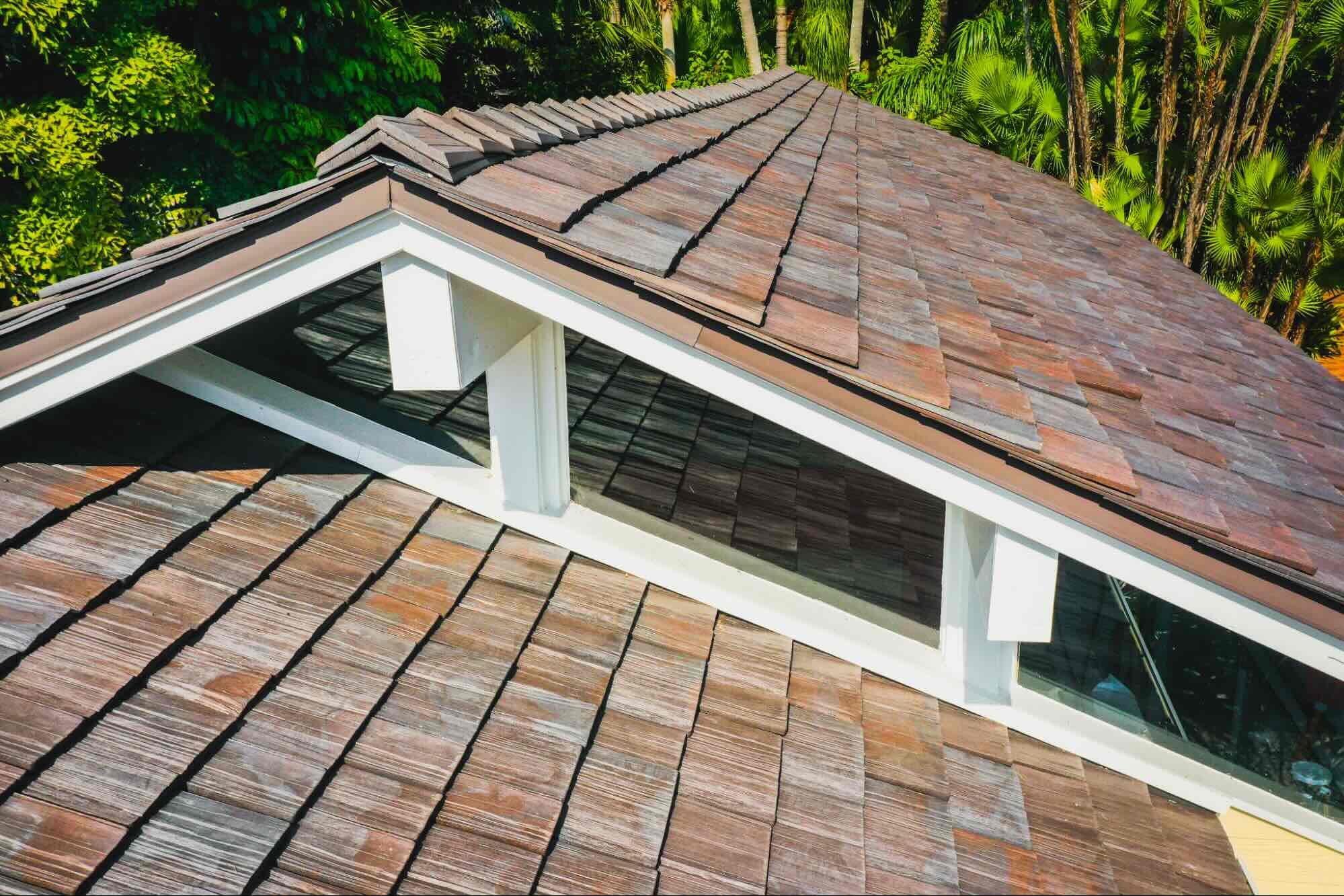
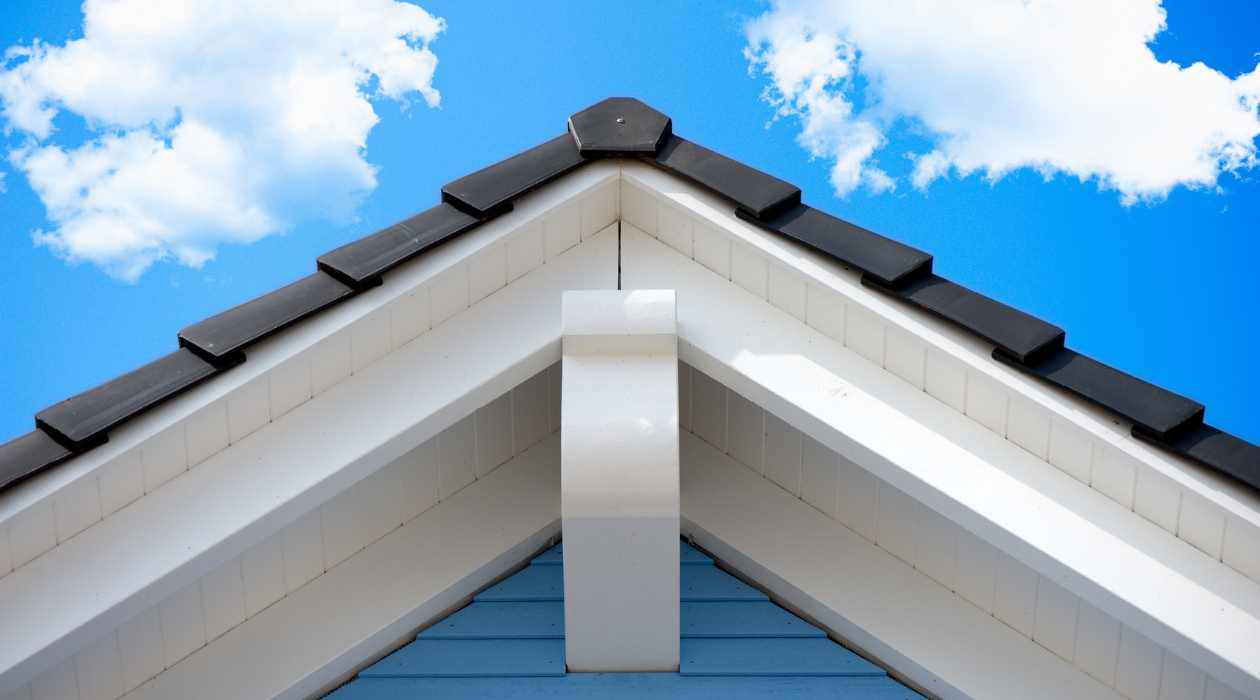
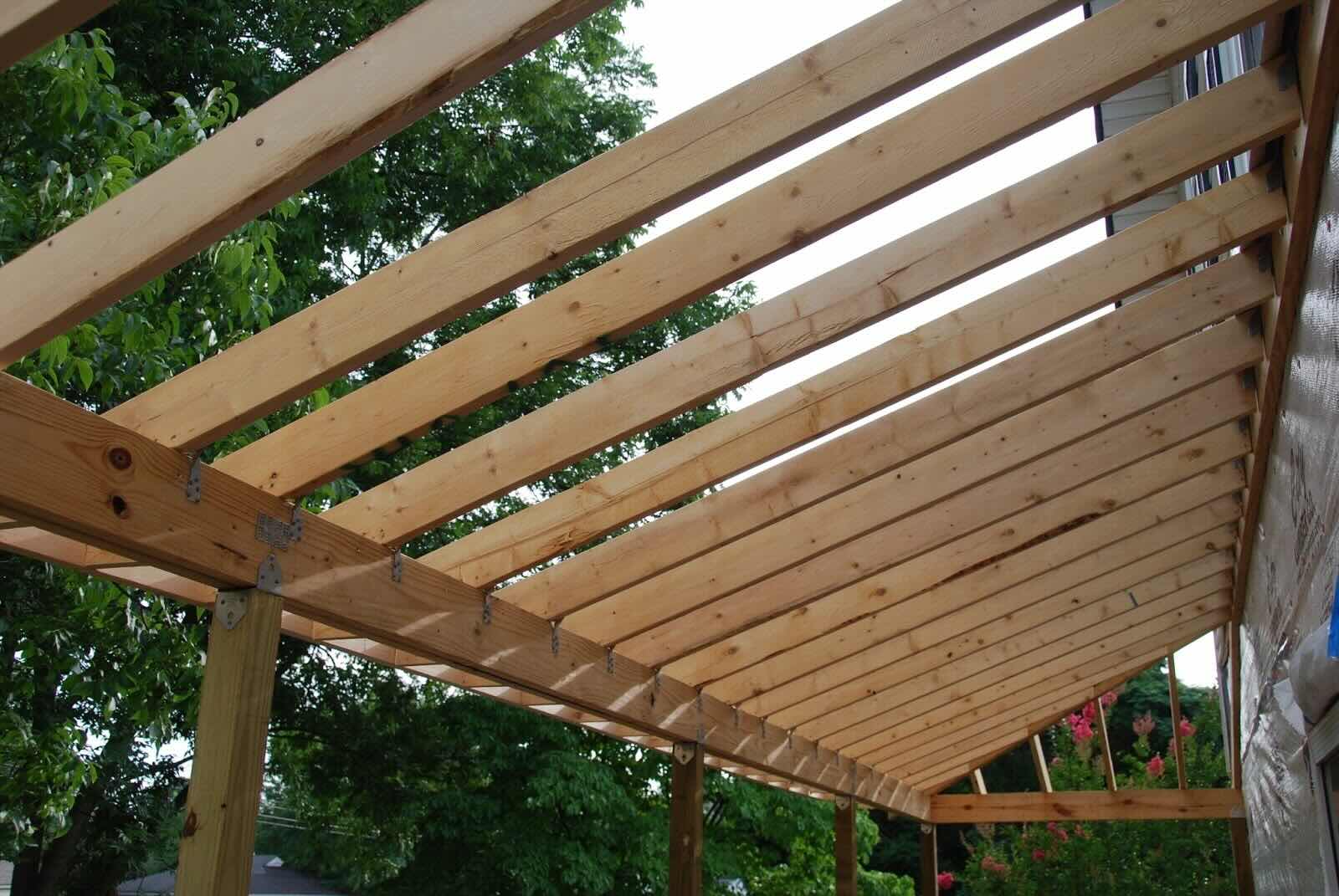
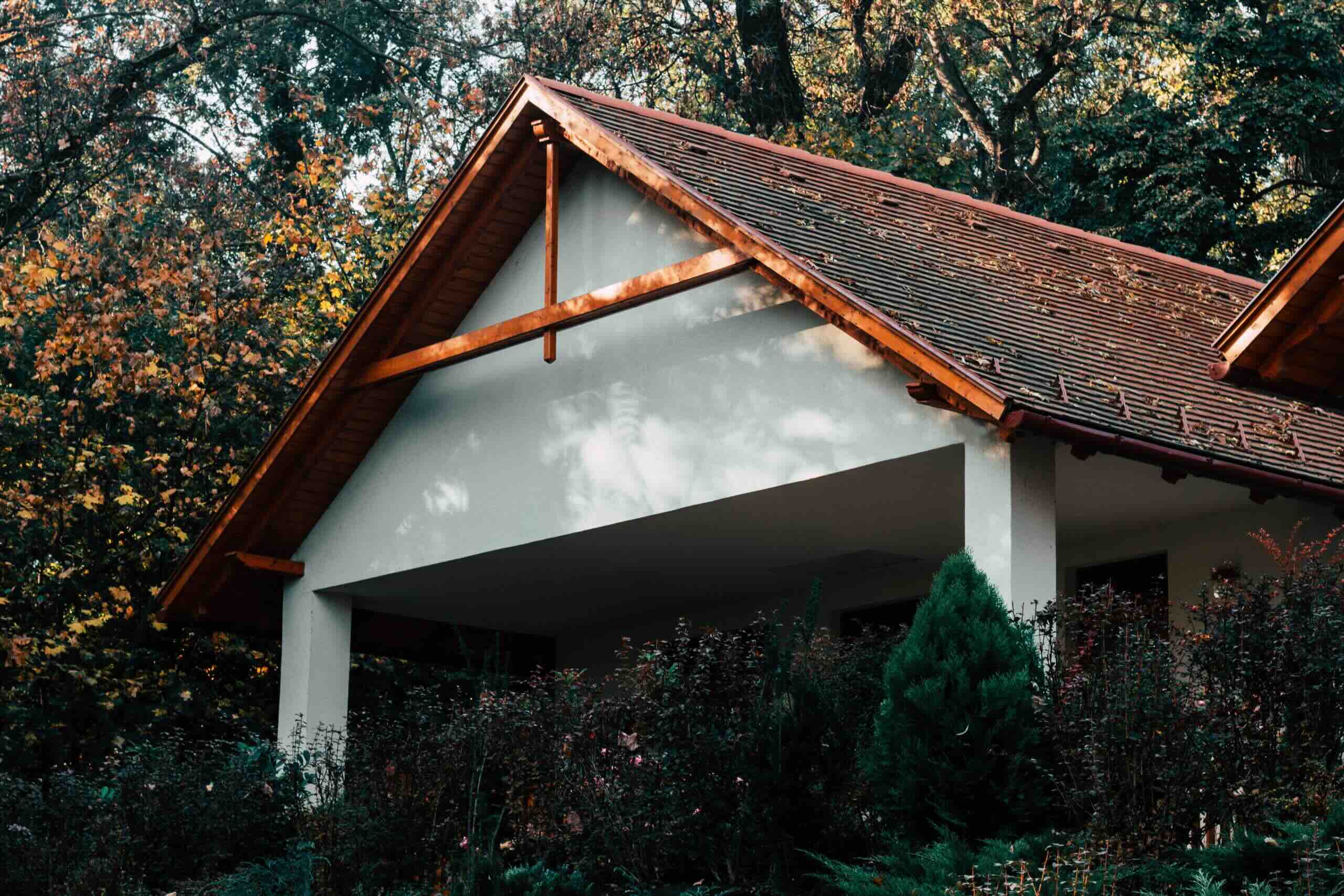
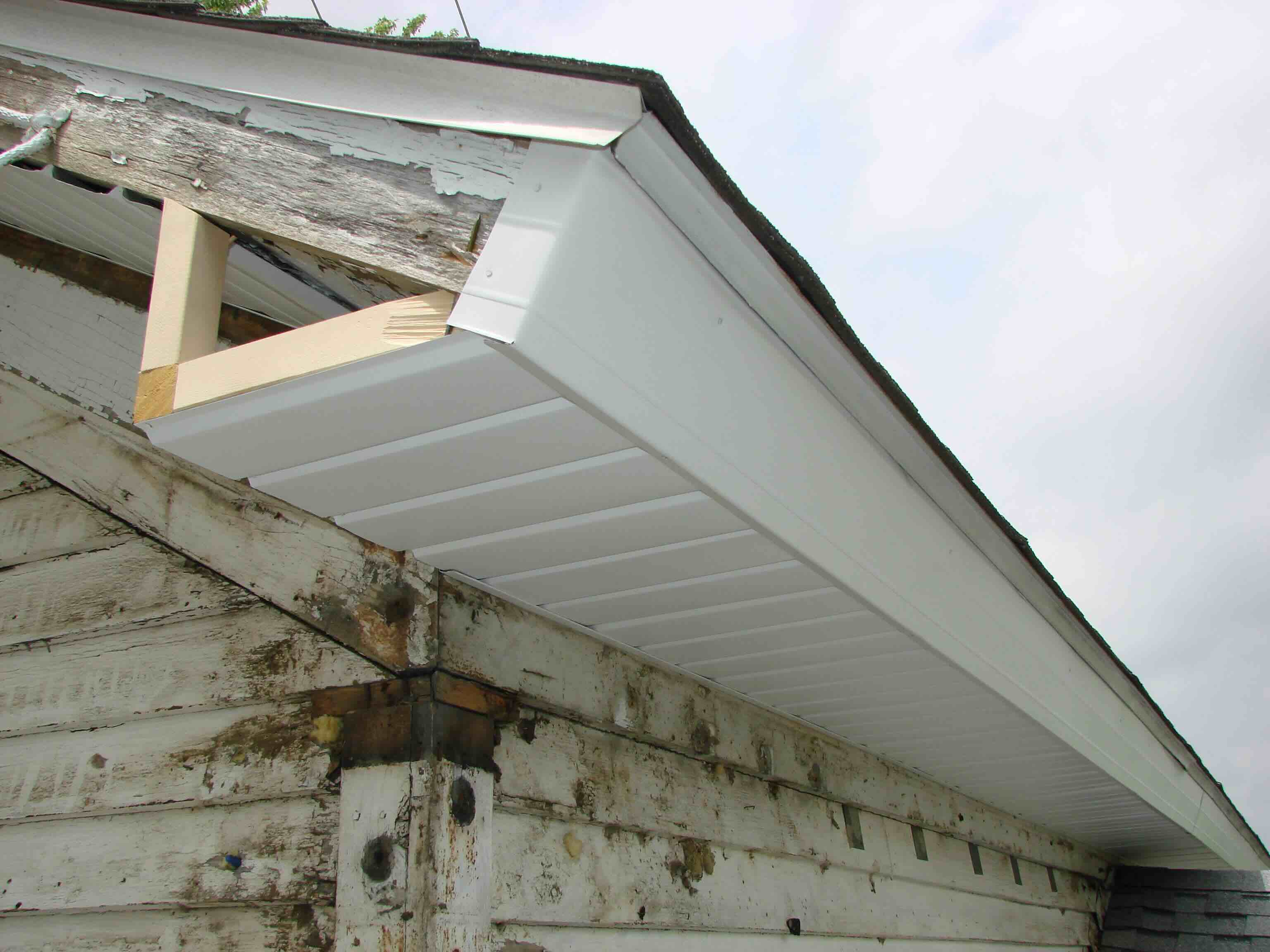

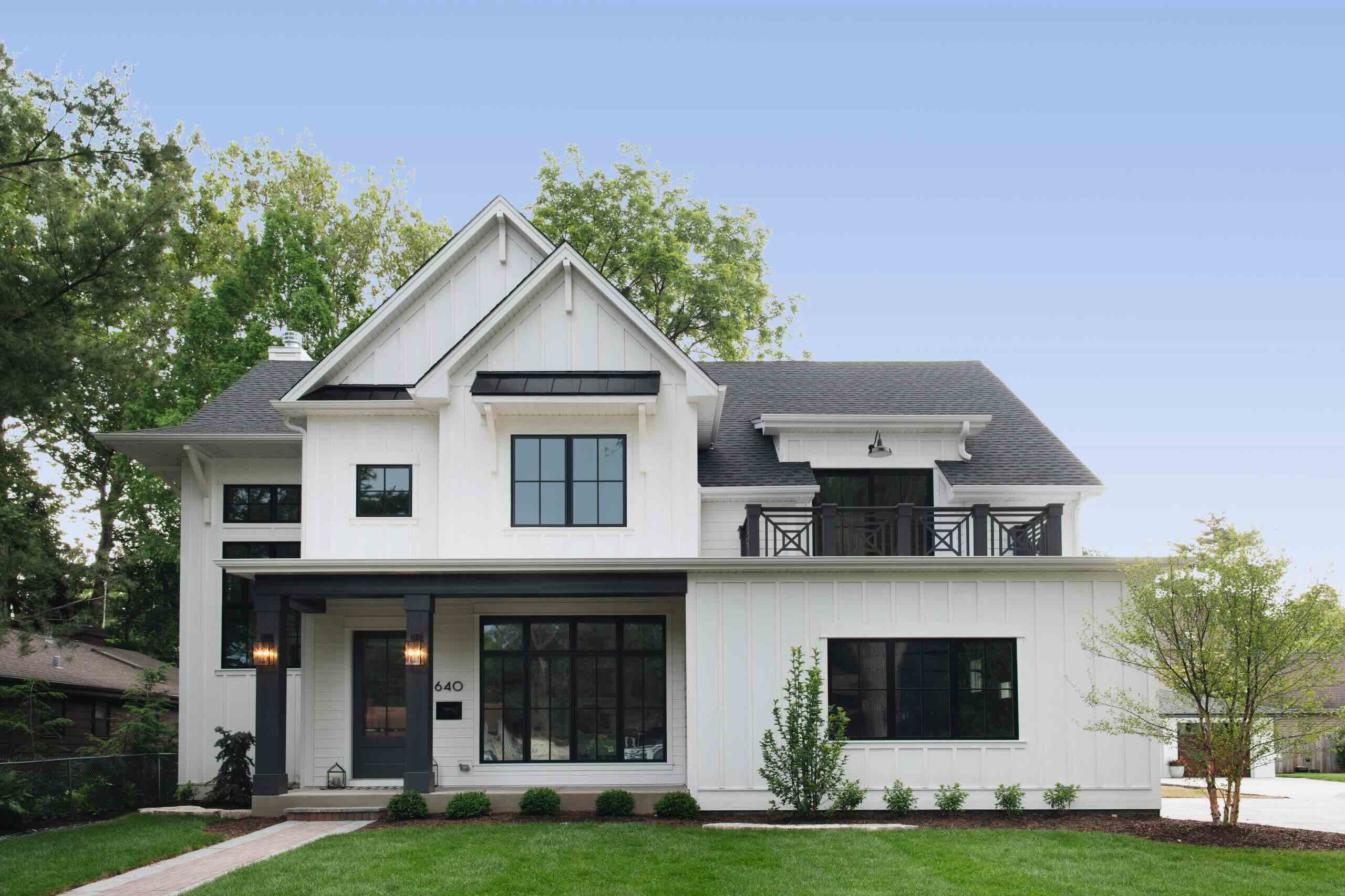
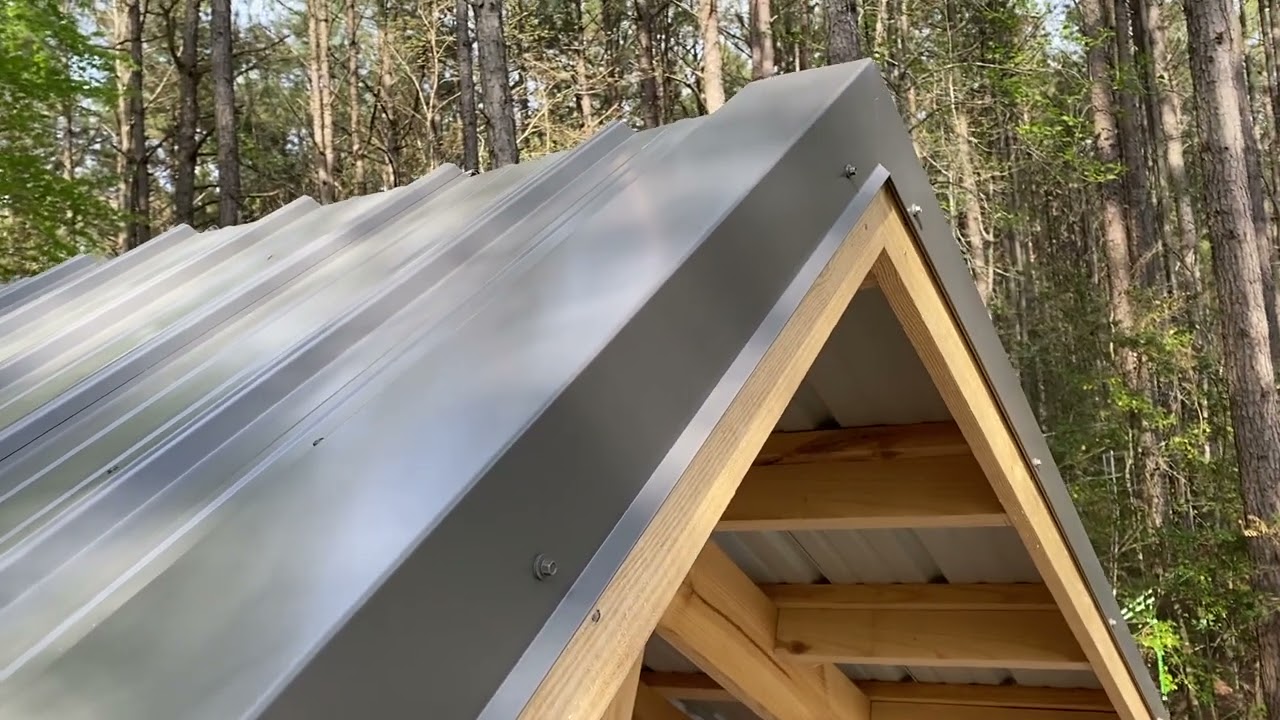
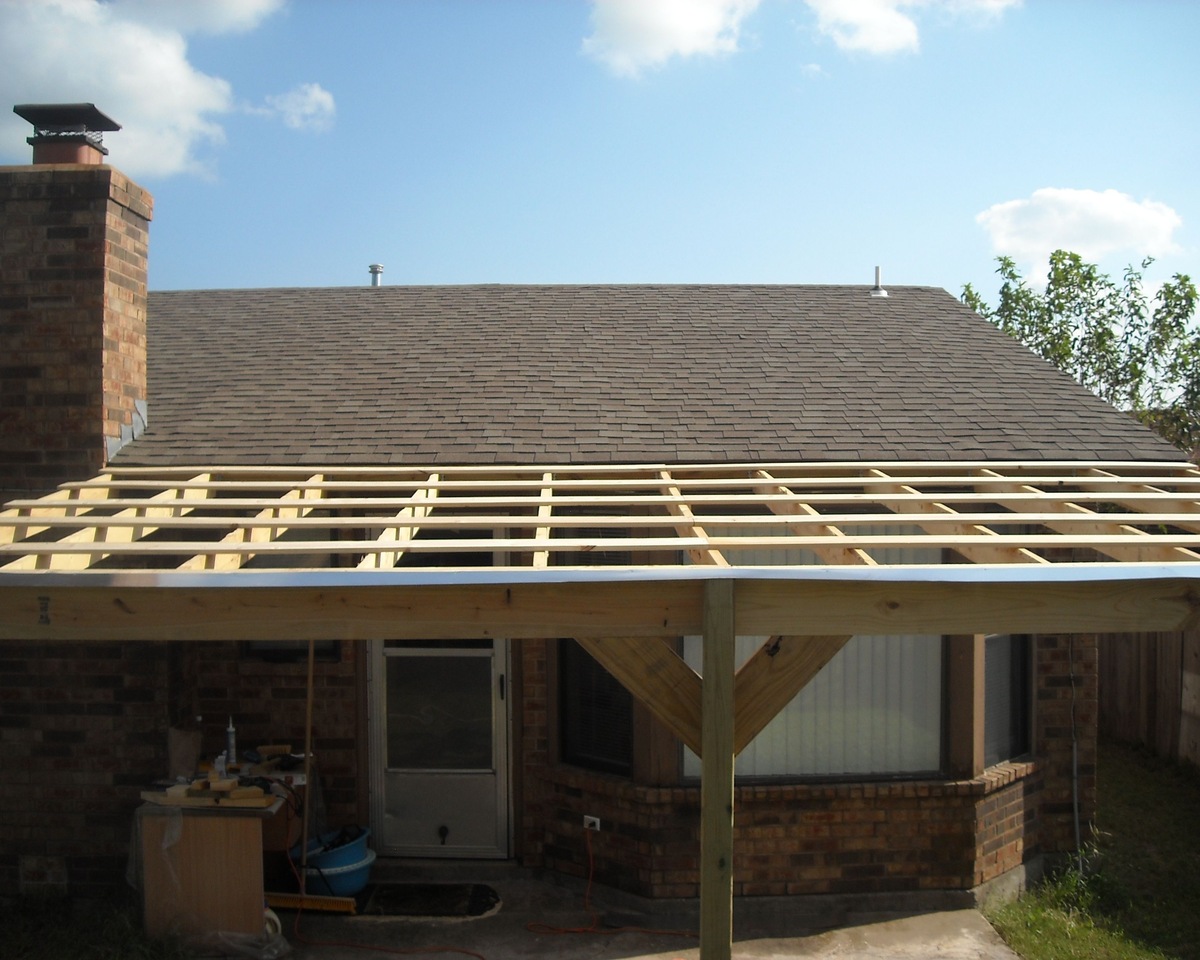
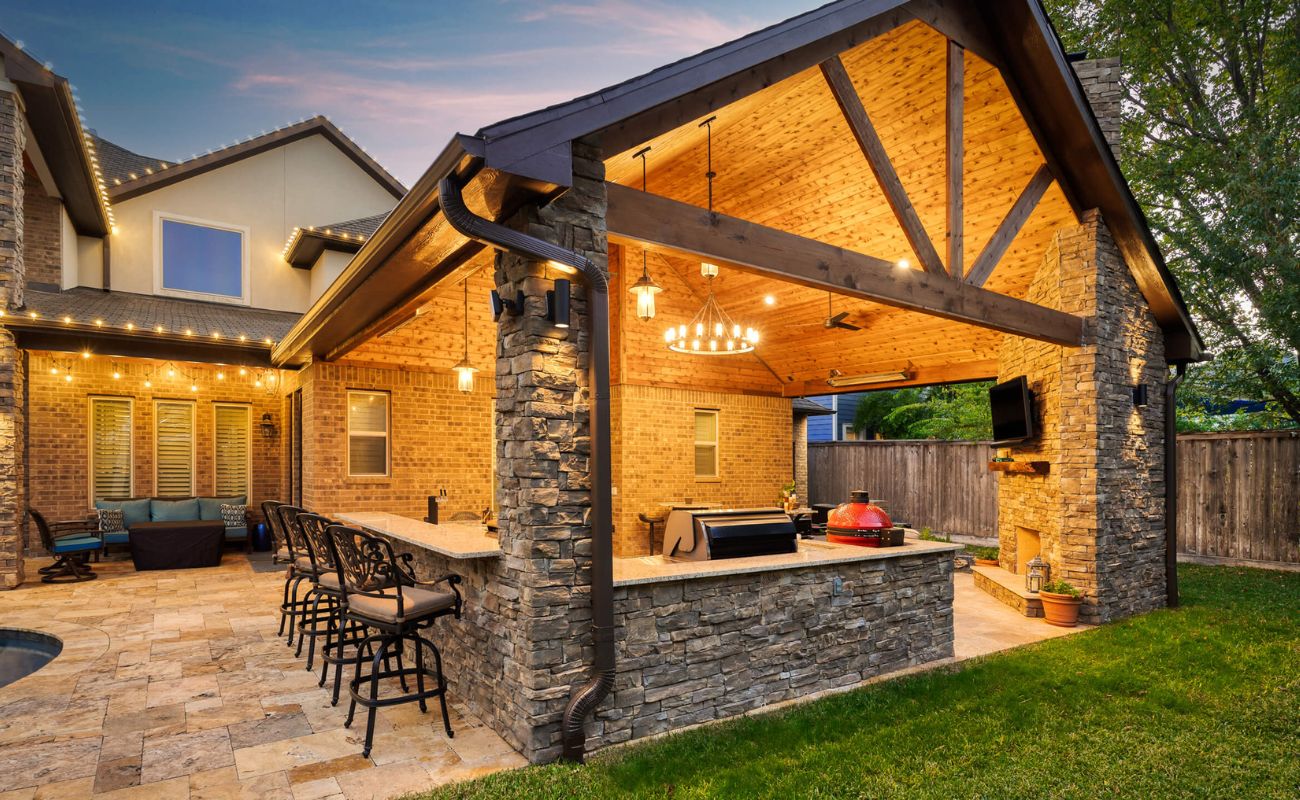
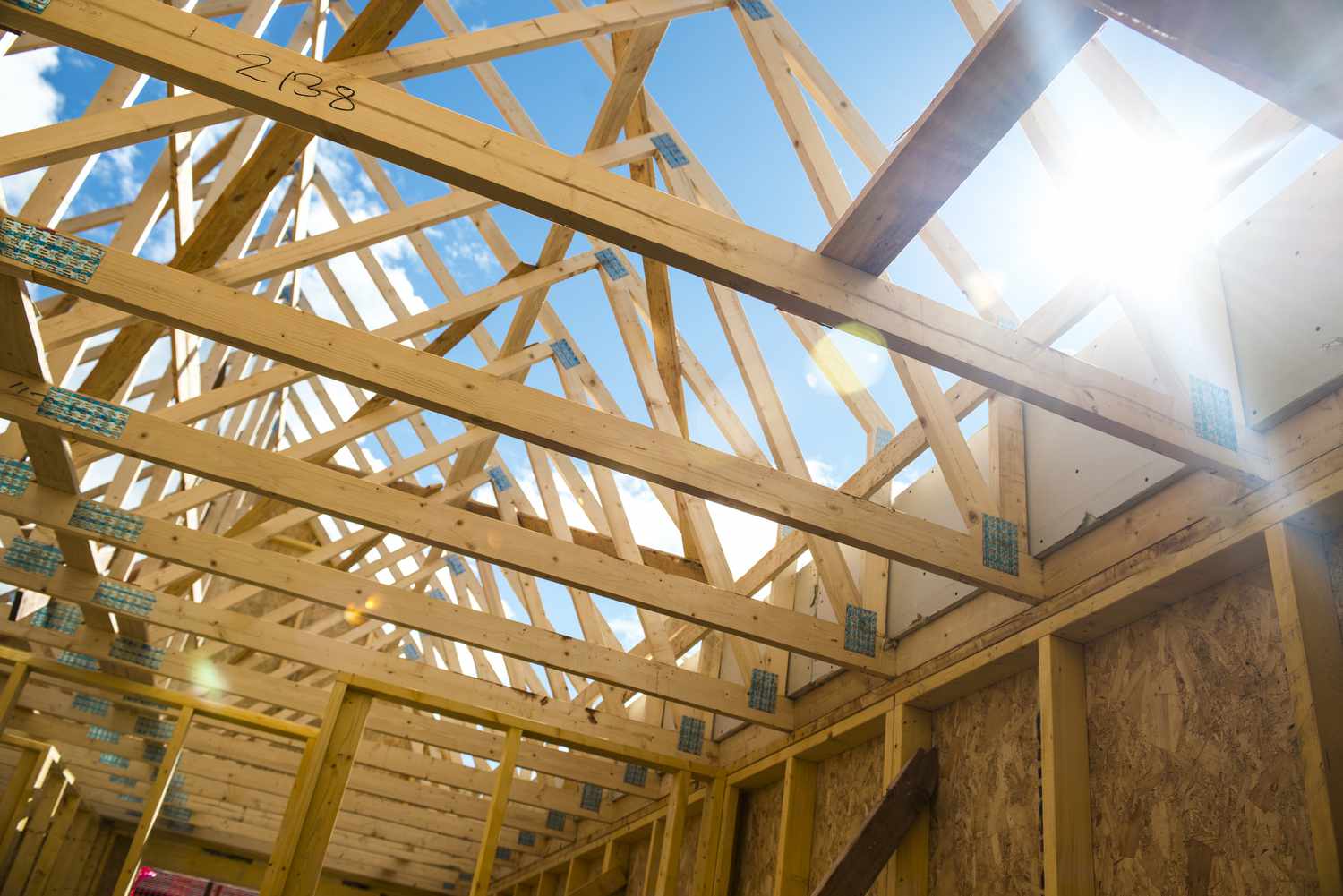

0 thoughts on “How To Build Gable Roof”